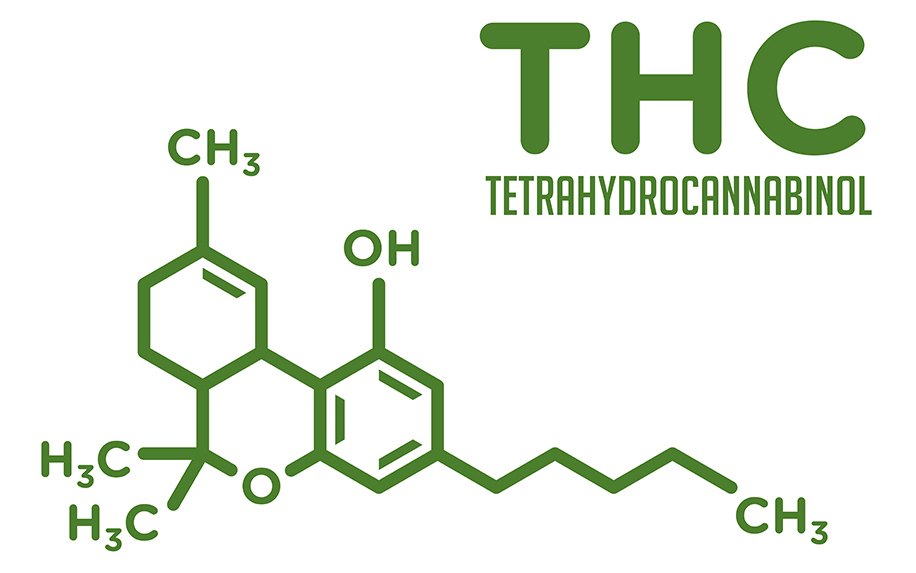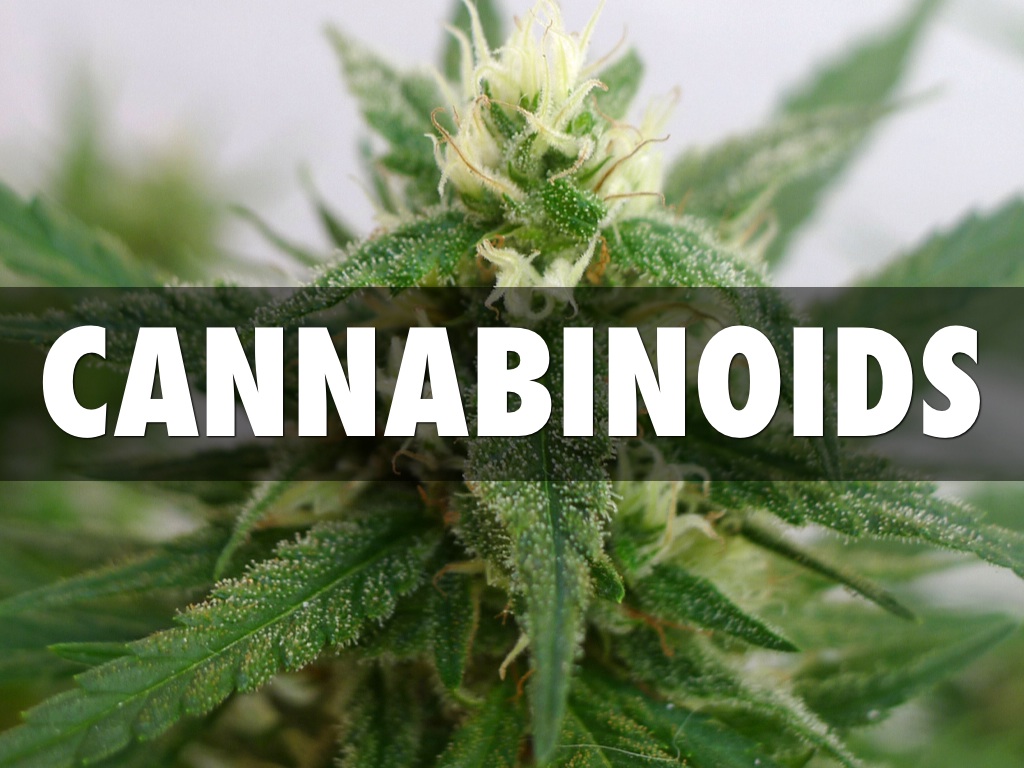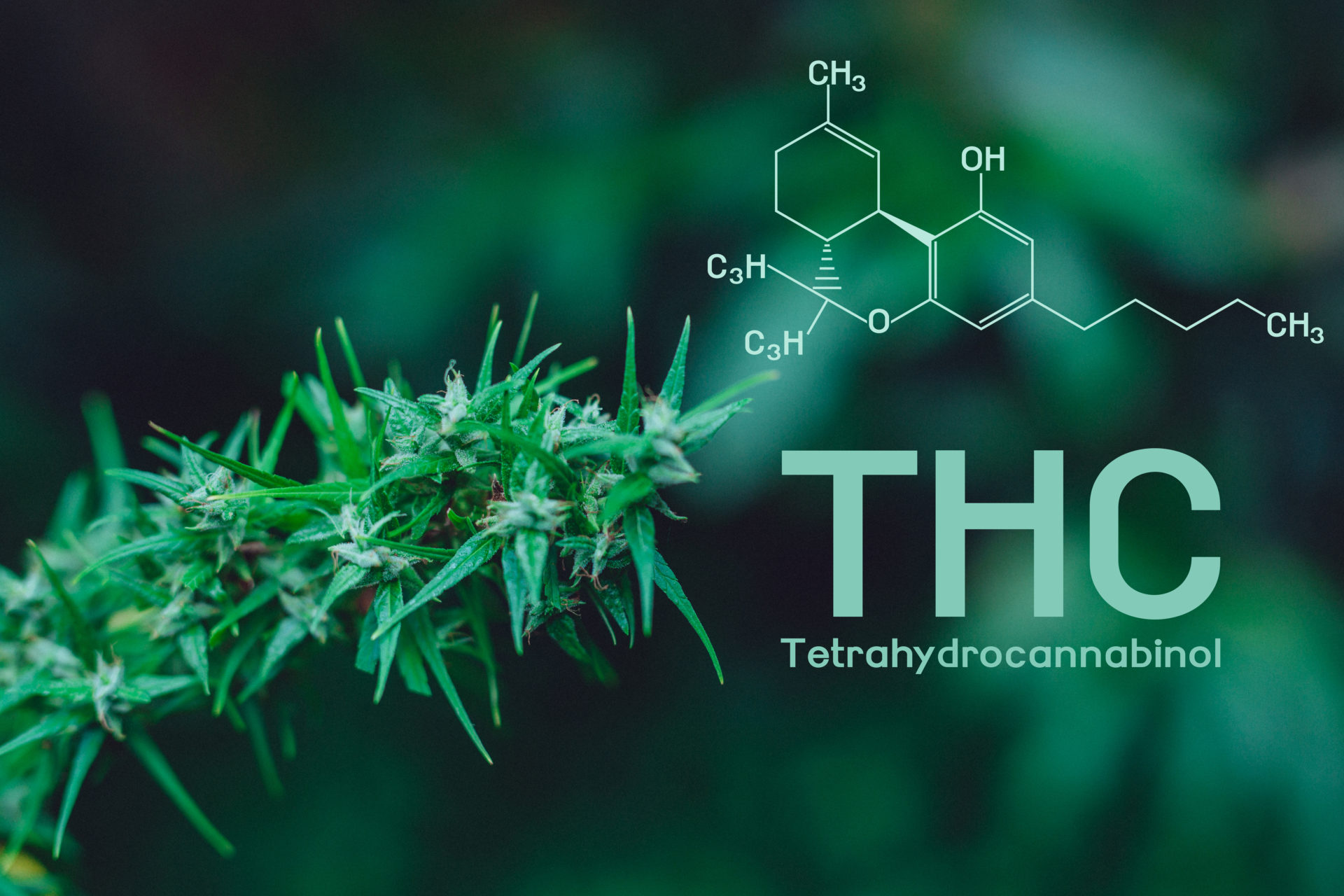Introduction
In the ever-evolving world of cannabis and cannabinoid research, Tetrahydrocannabivarin, or THCV, has emerged as a fascinating and versatile compound with unique potential health benefits. While it shares some similarities with its more famous cousin, Delta-9 THC, THCV possesses distinct properties that set it apart. In this comprehensive guide, we will delve into the world of THCV, exploring its origins, molecular structure, mechanisms of action, and a broad range of potential health benefits. By the end of this guide, you will have a comprehensive understanding of what THCV is and how it works, and the potential implications of this cannabinoid for health and wellness.
Understanding THCV
To appreciate the significance of THCV, it’s essential to understand the basics. This chapter will provide insights into
What is THCV? An introduction to THCV, its molecular structure, and relationship to other cannabinoids.
- Natural Sources: The cannabis strains and plant varieties where THCV is commonly found.
- Legal Status: The legal considerations and regulation of THCV.
THCV vs. Delta-9 THC: A comparison of THCV to the more well-known Delta-9 THC.
Mechanisms of Action
Understanding how THCV interacts with the body is crucial. In this chapter, we explore
- Endocannabinoid System (ECS): An overview of the endocannabinoid system and its role in maintaining balance.
- THCV’s Interaction: How THCV interacts with the ECS, including its effects on CB1 and CB2 receptors.
- Potential for Receptor Modulation: The implications of THCV’s potential modulation of cannabinoid receptors.
Potential Health Benefits
THCV is celebrated for its potential health benefits. In this chapter, we delve into
- Weight Management: The potential effects of THCV on appetite and metabolism.
- Diabetes Control: The role of THCV in managing blood sugar levels and insulin sensitivity.
- Neuroprotection: How THCV may offer neuroprotective effects, particularly for neurodegenerative conditions.
- Epilepsy and Seizure Management: The potential use of THCV in managing epilepsy and seizures.
- Reduced Anxiety: The potential for THCV to reduce anxiety and manage stress.
- Bone Health: The implications of THCV for promoting bone health and bone density.
- Alleviating Panic Attacks: How THCV may help mitigate the intensity of panic attacks.
Individual Variation and Dosage
THCV’s effects can vary depending on individual factors. In this chapter, we explore:
- Individual Sensitivity: How personal factors can influence one’s response to THCV.
- Dosage Considerations: Recommended dosages and considerations for safe and effective use.
- Potential Side Effects: Common side effects and how to manage them.
Current Research and Future Directions
Research on THCV is ongoing, and its potential applications continue to expand. In this chapter, we cover:
- Current Studies: An overview of ongoing research into THCV’s effects and applications.
- Possible Future Discoveries: Speculations on the future of THCV research and potential new discoveries.
- Regulatory Considerations: The importance of effective regulation in ensuring consumer safety.
Conclusion
THCV is an intriguing cannabinoid with a growing body of evidence supporting its potential health benefits. Its interactions with the endocannabinoid system and the potential for modulating cannabinoid receptors make it a subject of great interest in the world of cannabis research. By understanding what THCV is and how it works, individuals and the medical community can explore its potential applications for a wide range of health conditions and wellness goals. As research continues to unfold, the full scope of THCV’s capabilities may provide valuable contributions to the world of healthcare and well-being.
- Ahoy, Relief Seekers! A Swashbuckling Review of Glowbar London’s CBD Topicals Treasure Trove - April 2, 2024
- THCV Benefits: What is THCV and How Does it Work? - November 4, 2023
- Benefits of Zinc - November 4, 2023





